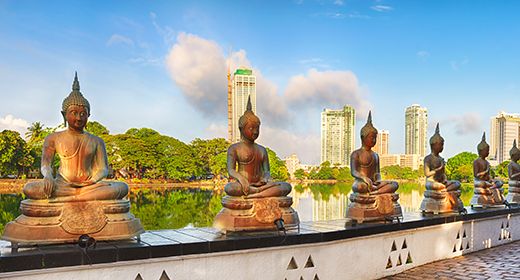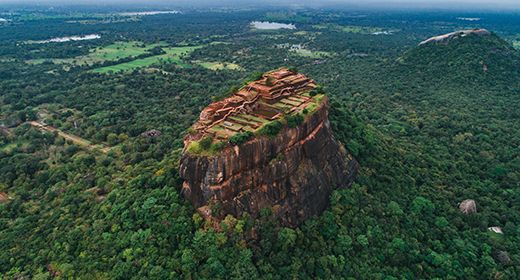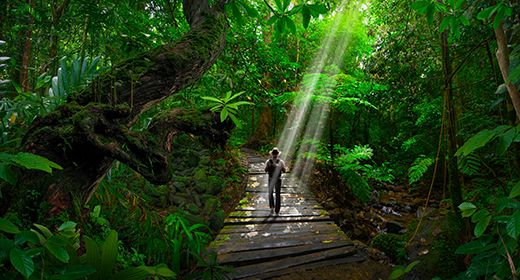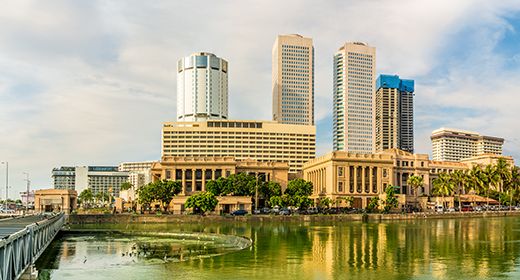Sri Lanka
Highlights
- Explore the beautiful Hill Country with its miles of manicured tea plantations.
- Visit numerous nature reserves to see elephants, sloth bear leopard, other wildlife, and birds.
- The Cultural Triangle for remains of the island's earliest civilizations.
- Buddhist temples, dagobas, forest monasteries, and religious monuments.
- Coastal beach resorts, whale watching, and water sports.
Lying just offshore (35 miles) from the southern tip of India, the island country of Sri Lanka has been a seductive destination for travelers for many centuries. In the year 1293, Marco Polo visited Ceylon (the island's historical name) on his way back from China and declared that, for its size, it was "better circumstanced than any other island in the world".
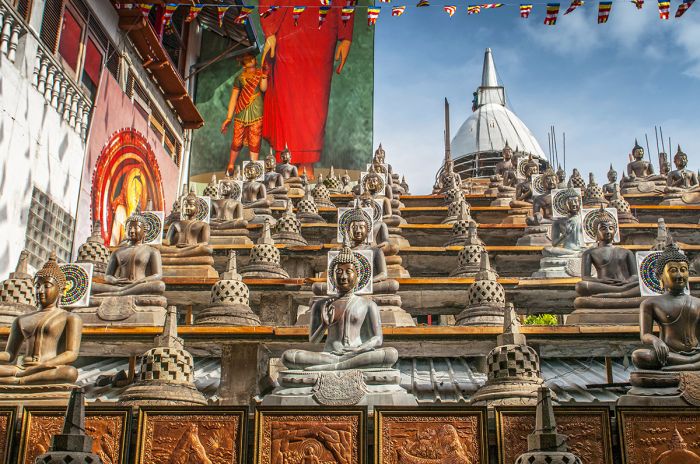
Gangaramaya Temple is one of the most important temples in Sri Lanka.
The island is situated in warm Indian Ocean waters, not far north of the equator. Over hundreds of years, travelers from Arabia, the far East, and Europe have left indelible marks on Sri Lanka's culture, architecture, and cuisine.
Sri Lanka has an extraordinary diversity of landscapes and biomes. Beautiful beaches line the coastline, while inland there are rich lowland jungles protecting diverse wildlife and birds, as well as highlands with tea plantations. Two-thousand years of recorded history and civilization have resulted in fascinating ruins and religious monuments.
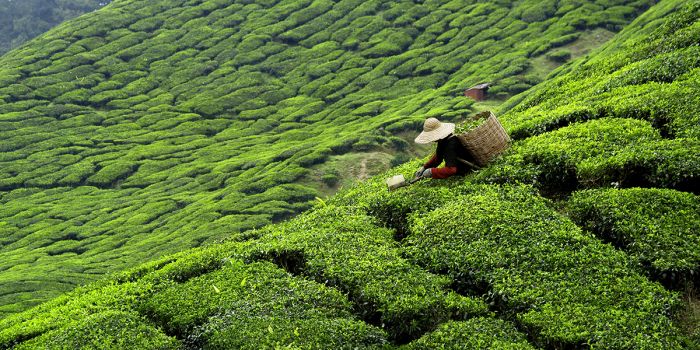
Sri Lanka's Hill Country is characterized by large tea plantations.
Early Buddhist culture, which began in Sri Lanka in 247 BC, shaped the island's first cities, but generations of Arab, Malay, British, Dutch, Portuguese, and Far Eastern visitors have also shaped the island's identity and traditions. Today, Sri Lanka is officially a Buddhist country (70% of inhabitants), but there are also populations of Hindu (13%), Muslin (10%), and Christian (7%).
In terms of what to see and do on a visit, Sri Lanka offers an extraordinary variety of experiences and attractions for such a small island. For nature and wildlife lovers, the island has numerous national parks and reserves that are home to Asian elephants, leopard, sloth bear, a variety of primates and a great diversity herbivores. The island has a birding list of over 500 species.
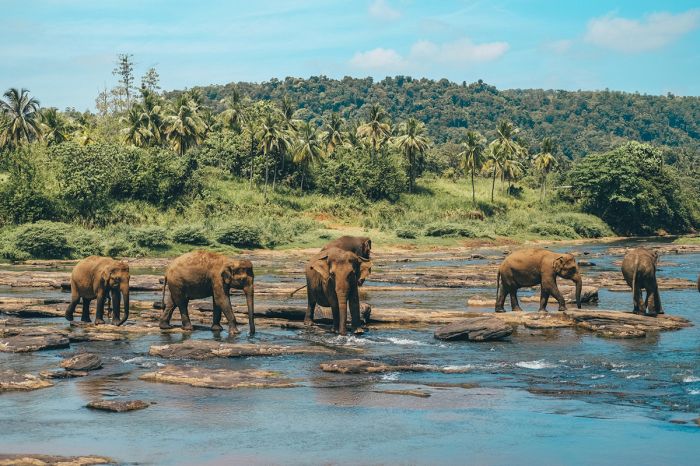
Wild Asian elephants are protected in several reserves on the island.
Recommended wildlife and nature destinations include Wilpattu National Park, with over 30 species of mammal, including elephant, leopard, sloth bear, Asian water buffalo, sambar (a type of deer), spotted deer, and a variety of primates.
Located along the southern coast of the island, Yala National Park is home to abundant wildlife and one of the best places on the island to see leopard, but also has good populations of sloth bear, elephant, primates, and birds, plus offers chances at seeing sea turtles along its coastal beaches.
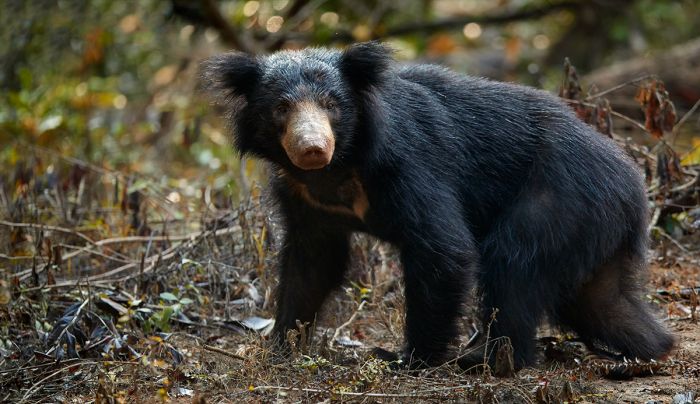
A sloth bear (Melursus ursinus) photographed in Wilpattu National Park, Sri Lanka.
Udawalawe National Park in the south and Minneriya National Park in the north are both particularly good for elephant viewing. Horton Plains National Park is located in the central highlands and encompasses montane grassland and cloud forest at elevations of 6 900 to 7 500 feet.
The park is rich in flora, birdlife and very lush. Sambar deer are the most common mammal. A sheer cliff with a drop of 2 700 feet and known as "World's End" is the key attraction. No vehicles are permitted, so exploration is on foot.
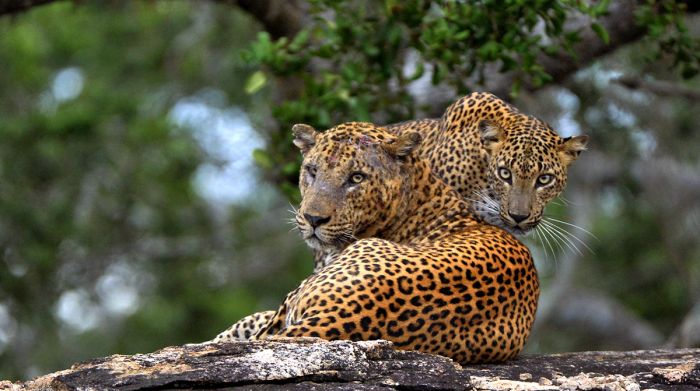
Leopards are a big attraction in some of the nature reserves in Sri Lanka.
The west coast offers wide sandy beaches and numerous resorts. There are various old Dutch cities and towns to explore, including Galle, a lovely Colonial town. The verdant highlands of the Hill Country are covered in immaculate tea plantations, which were first introduced here by the British.
North of the Hill Country lies the Northern Plains, a hot and dry region with thorn-scrub, jungle, and montane outcrops that tower over the surrounding plains, This area is also known as The Cultural Triangle, as the region was the location of Sri Lanka's earliest civilizations. Remains of these historical cultures is present in the great abundance of ancient monuments, showcasing the incredible early age of Sinhalese architecture and art.
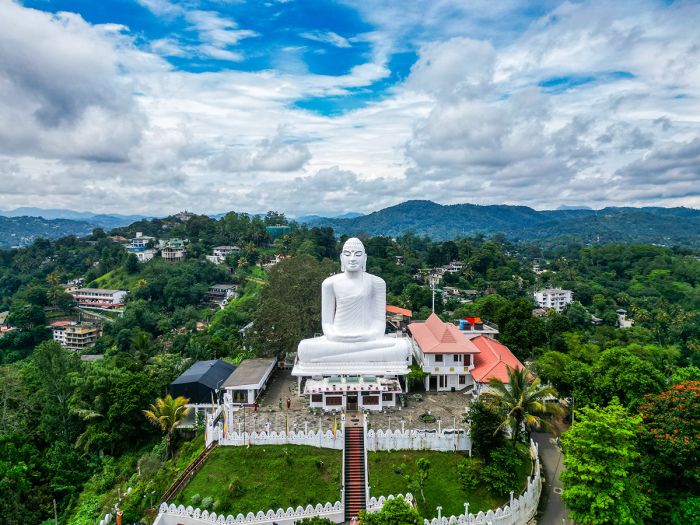
The temple on the hill of Bahirawakanda, called the Sri Maha Bodhi Viharaya, is best known to tourists for its giant Buddha statue, which can be seen from almost where in the city of Kandy.
Some of the sites in The Cultural Triangle include Anuradhapura, which was an important metropolis that served as the capital from the 3rd century BC to 993 AD. Visitors can explore spectacular palaces, gigantic dagobas, and numerous monasteries.
Other sites not to miss is Polonnaruwa, the country's second capital, and Sigiriya, a spectacular rock citadel which must be climbed via a steep pathway and is one of the island's most visited sites. The cave temples of Dambulla include incredible Buddhist art and should not be missed. Mihintale, an ancient religious center and the site of the island's introduction to Buddhism, is worth a visit as well.
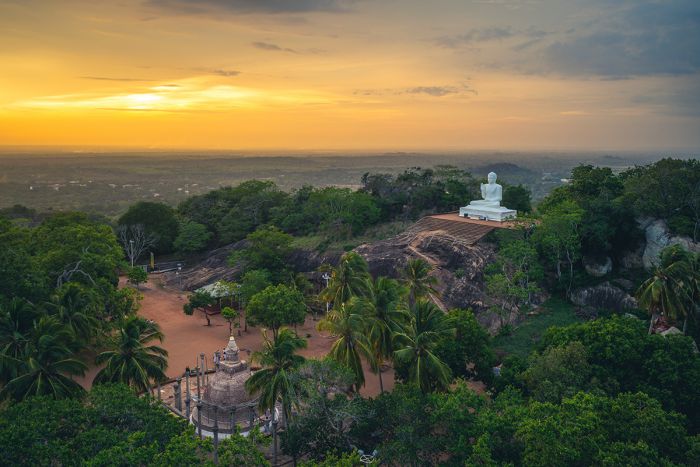
The sacred site of Mihintale at Anuradhapura is considered to be the cradle of Buddhism in Sri Lanka.
The Cultural Triangle has many more, interesting and less-visited ancient monuments, including long-abandoned cities, Buddhist temples, and fascinating forest monasteries.
For a fairly comprehensive exploration of Sri Lanka, a minimum of two weeks is required, but adding another week will definitely allow for a more relaxed pace. Call us to discuss all the options when you're ready to plan your exciting visit to the remarkable destination!
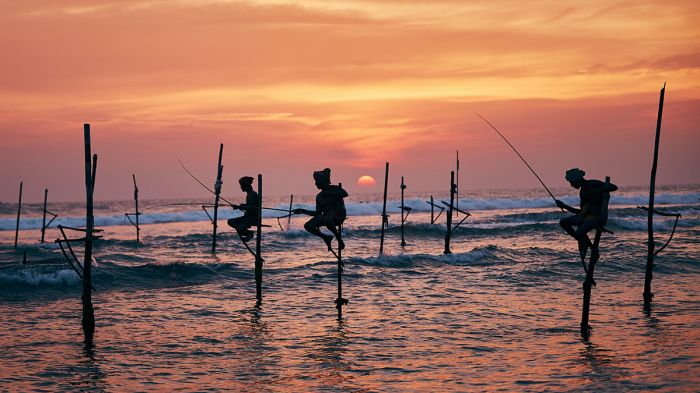
Stilt fishermen at sunset along the Sri Lanka coast.




